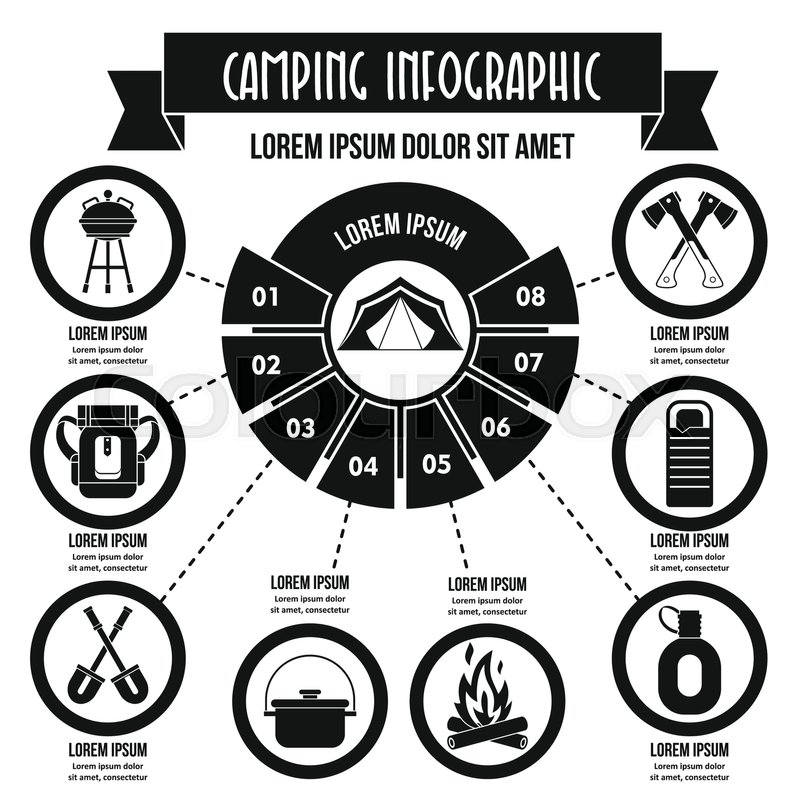The best Side of house tent
The best Side of house tent
Blog Article
Safety Factors To Consider for Family Members Outdoor Camping Tents
Safe and enjoyable camping trips are possible for the whole family when everyone follows basic security standards. Educate children to regard wild animals and natural items, constantly keep a first-aid package with a lot of melt lotion handy, and be gotten ready for unanticipated circumstances by looking into the camping site, weather condition patterns, and geographical attributes.
Which information is a must have when camping?
Choose the Right Outdoor Tents
Parents that camp know that the ideal camping tent can make or break a camping trip. The outdoor tents you choose need to be durable enough to hold up against the harsh therapy that kids and dogs can supply. It should also be easy to set up, with features like color-coded poles and quick-clip systems.
You should also think about the size and ability of the camping tent you intend to acquire. Seek a floor area and peak height that can accommodate the variety of people in your family, plus additional room to lower crowding or claustrophobia.
When choosing a campsite, survey the area for threats, such as animal burrows, dangerous plants and rocky drop-offs. It's also an excellent idea to pick a site that offers some form of security features, such as perimeter fence and every night camping site patrols.
Tent Configuration
When establishing camp, discover a flat location that is big enough to comfortably fit your camping tent and any other aspects you're preparing for, such as a fire pit. Eliminate any debris like sticks or rocks and look out for prospective threats, such as sloping pitches that can cause you to roll around throughout the evening and rainfall swimming pools in concave areas.
If it's windy, position your outdoor tents so the side with the toughest post framework faces the wind to lower the chance of it blowing through and triggering injury or damages. If possible, select a site that is also secured by all-natural barriers to minimize wind and rainfall threats. You may additionally wish to lay down a tarpaulin slightly smaller sized than your tent flooring to keep it completely dry.
Outdoor tents Storage
Lots of camping tents are developed with vents and flaps that urge air circulation. However, you need to always keep flammable products like apparel and sleeping bags away from these openings to prevent fire dangers. Air flow is likewise important to minimize smoke and carbon monoxide build-up, which are serious health and wellness threats.
Never sleep directly on the ground and instruct children to remain clear of it. This stops tripping and dropping injuries, in addition to insect bites.
Teach kids to constantly check for threats before entering their tents, such as loose rocks or tree arm or legs that might fall during a tornado. It's also a good idea to come to the camping area prior to nightfall to make establishing camp easier and safer. This also gives you a possibility to spot any kind of potential concerns, like serpents or dangerous plants.
Outdoor tents Weather
There are few things more enjoyable than sitting around a campfire roasting s'mores under a star-filled skies. Yet prior to you pitch your camping tent, make sure your family has the appropriate sleeping equipment and recognizes how to correctly make use of a campfire.
Tents can also be impacted by climate condition, such as rain and wind. Wind can change the stress on the outdoor tents, loosening ratchet assemblies and pulling survey of the ground. Rain can create camping tents to leakage.
Search for outdoors tents that unique camping tents use excellent air flow and lessen condensation (wetness that naturally forms from your body's breath). Take into consideration bringing a tarpaulin in case of rainfall. And constantly evacuate your camping tent if there are lightning strikes close by.
Tent Safety
Outdoors tents that do not comply with fire and life security demands are a fire danger. Moreover, saving flammable materials like wood, gas containers, and lp within the outdoor tents can create them to overheat or perhaps explode. To reduce these dangers, they need to be kept outside the outdoor tents sheltered by a sturdy tarpaulin.
Fire threats additionally emerge from inappropriate use and storage space of stoves. Stoves that aren't properly aired vent can launch carbon monoxide, a deadly toxic gas.
Tent tethers and stakes can produce trip threats in pathways and paths. To decrease these threats, event organizers ought to take into consideration using noticeable weights on tethers, setting up tether cleats, or using security cones around stake lines. Additionally, they must ensure that departures are not blocked by home furnishings, camping tent walls, or other frameworks.
Is glamping a real thing?
